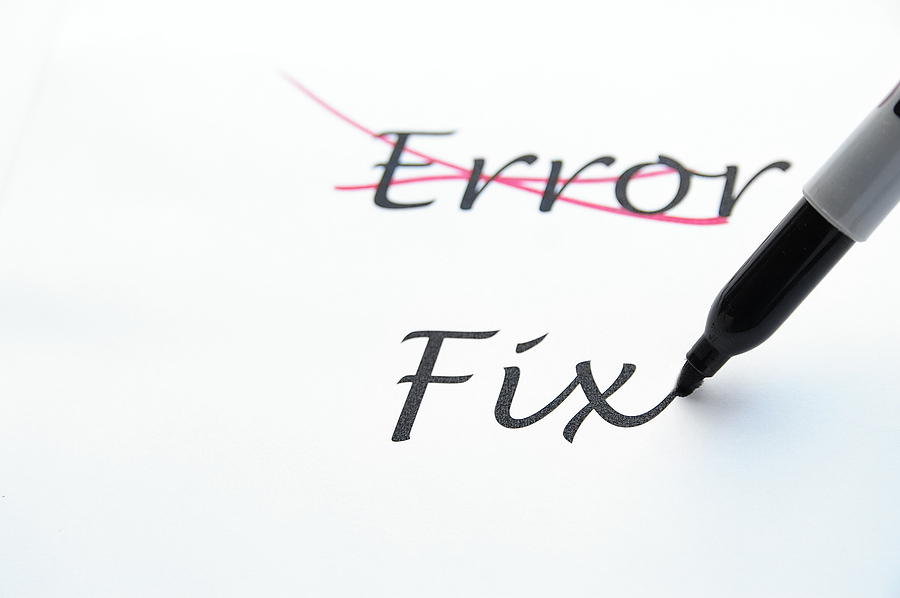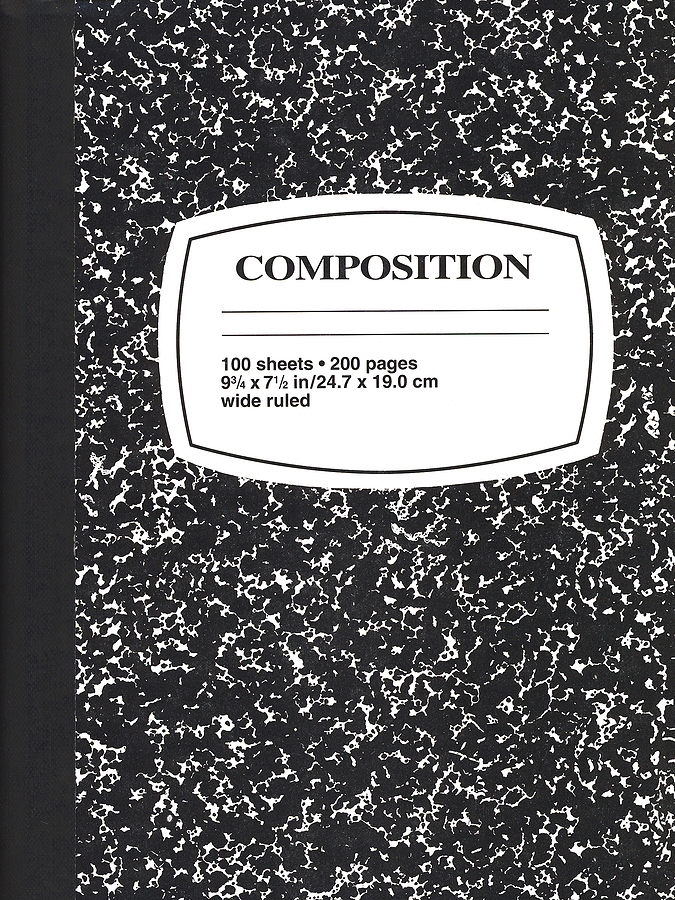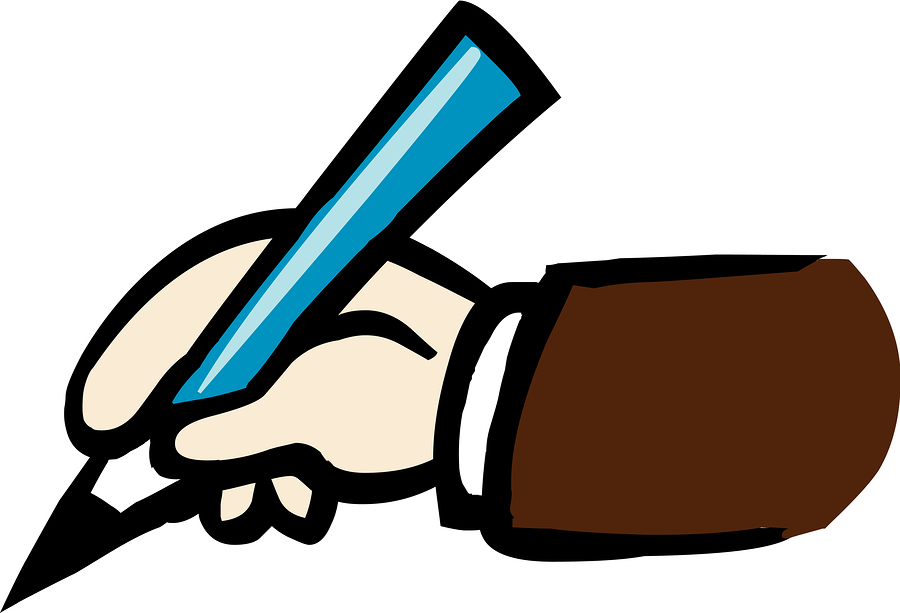Telling an Appreciative Story
 “I’ve got to take a photo of this.”
“I’ve got to take a photo of this.”
That was me talking to my wife when we unexpectedly stumbled upon a frightening structure: the corroding Bethlehem Steel factory.
Earlier that day, we’d driven forty miles from our New Jersey home to Bethlehem, Pennsylvania, because a casino had opened there, and blowing sixty dollars in nickels and pennies at the slots seemed like a fun day trip – which it was.
Now we were heading back, when I took a wrong turn. In the distance, I saw the vacant factory: black and gray and vast, with blast-furnace stacks the size of skyscrapers.
We drove closer. My wife said, “Be careful.” How many structures do you know that could inspire that reaction?
We got near enough to park and take an iPhone picture. My photography skills couldn’t do the place justice. Standing there made me jumpy. I felt like I was staring at something out of a Tim Burton film. I expected it to rear up on legs and wail.
The next day I phoned a dozen friends about that grim factory. “Head out there,” I said. “You won’t believe it. That thing is a nightmare.”
When my wife got home, I asked her if she’d told anyone at her office what we’d seen. She had told one person. In fact, the man she told had grown up in Bethlehem, and had lived across the street from the factory. “Oh my gosh! What was that like?” I asked.
I didn’t get the answer I expected.
The man had told my wife he loved the factory. As a boy, he’d curl up in bed and would look out the window at its lights until he fell asleep. Watching the factory, he said, was comforting. Much of the city worked there, and the glow reminded him of all the people whose lives revolved around it.
I was stunned. I thought of the factory as a menacing carcass. My wife’s coworker, on the other hand, knew it as a place where people from the community went to earn a living, so they could raise a family. To him, the place was a calming childhood memory.
I googled Bethlehem Steel, and saw countless stories behind the factory: it employed twenty thousand people; produced parts of the Empire State Building, the Chrysler Building, Rockefeller Center, Madison Square Garden, Hoover Dam, and the Golden Gate Bridge; helped build the World War II American fleet; and boasted an executive headquarters designed by the famed firm, McKim, Mead & White.
Hearing this man’s reaction and seeing the factory’s history got me thinking about how knee-jerk reactions can blind us to interesting people, places, and ideas.
Such reactions can also blind us to worthy stories. If we write or produce any kind of content, we can’t let that happen. We’ve got to stay alert. Good stories – oftentimes hidden — surround us.
Consider, then, trying this exercise for the next 24 hours: Look at things that you’d normally pass by, or that scare or confuse you, and ask yourself, “Who loves that?” Once you’ve come up with an answer, ask yourself why they love it.
By looking at things through appreciative eyes, you’ll likely come up with unanticipated ideas and untold stories that deserve a spot in your work.









